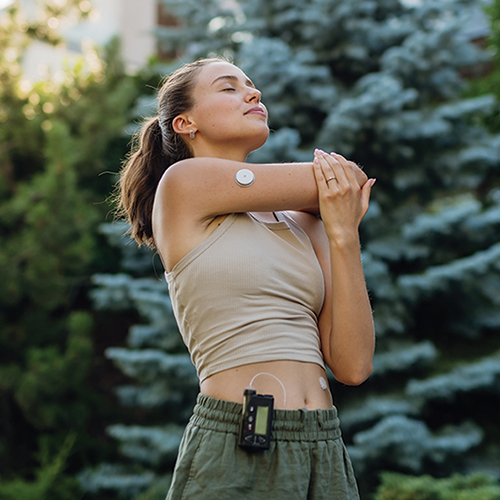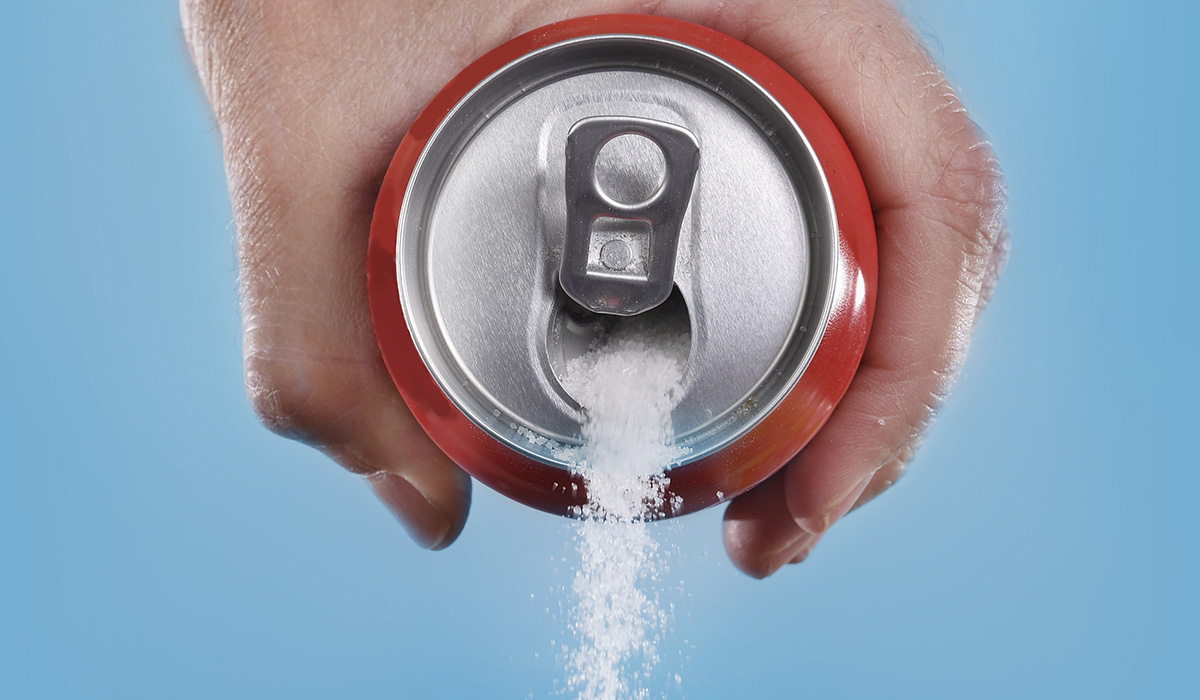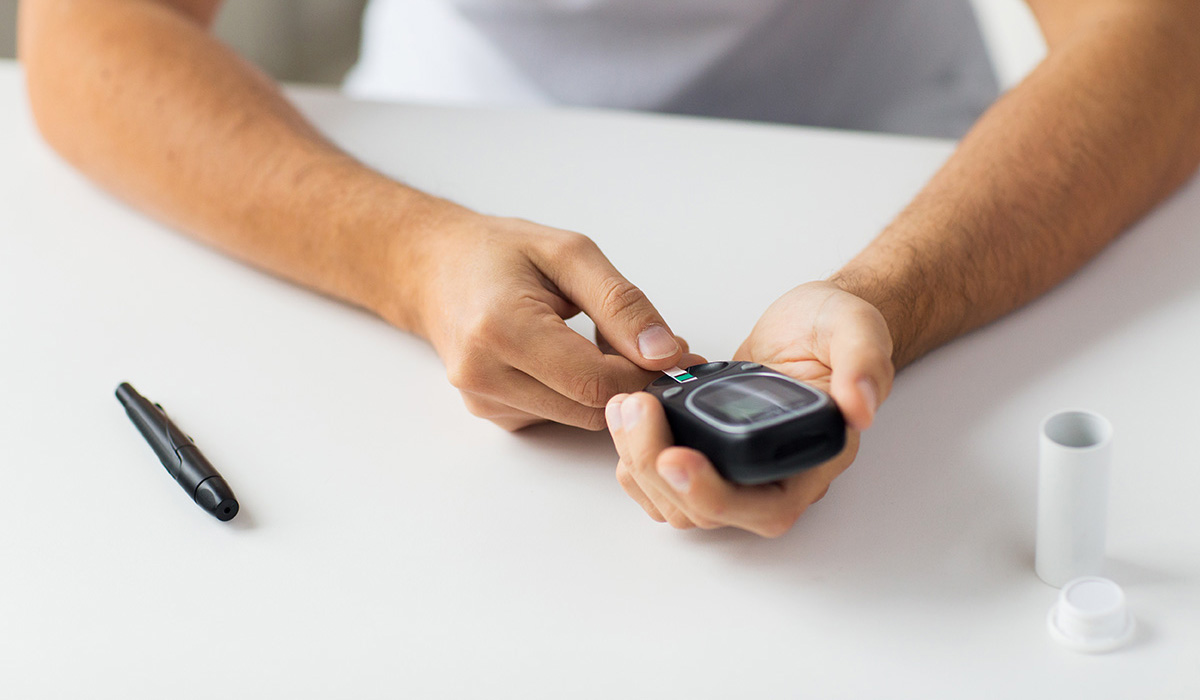October 2017
If your child has diabetes, it’s important to check his or her blood-sugar levels regularly:
- Before meals and at bedtime, a minimum of four times a day.
- If you suspect your child has a low blood-sugar level.
- Before and after your child exercises.
- When your child is ill.
- Two hours after the start of a meal, if results from before the meal don’t match HbA1c.
- During the night. (This is particularly important if your child had a low blood-sugar level during the day, exercised more than usual, made a change in the insulin dose or has been ill.)
A healthcare professional will teach you and your child how to properly use a blood-glucose meter. Remember to:
- Wash hands with soap and water. Make sure the finger is dry before obtaining the blood sample, as wet fingers can alter the value.
- Prick the side of the fingertip. The forearm also can be pricked with certain meters using a lancet device. Do not use the forearm if you suspect a low blood sugar or when the blood sugar is rapidly changing, such as after meals or exercise.
- Insert strip into meter.
- Obtain a drop of blood.
- Apply the drop of blood to a test strip.
- Read the result and enter it in a logbook.
- Bring the meter and logbook to all doctor visits
Your child’s doctor will give you a suggested target range for your child’s glucose reading, depending on age and other factors.
Source: University of California San Francisco’s Benioff Children’s Hospital



